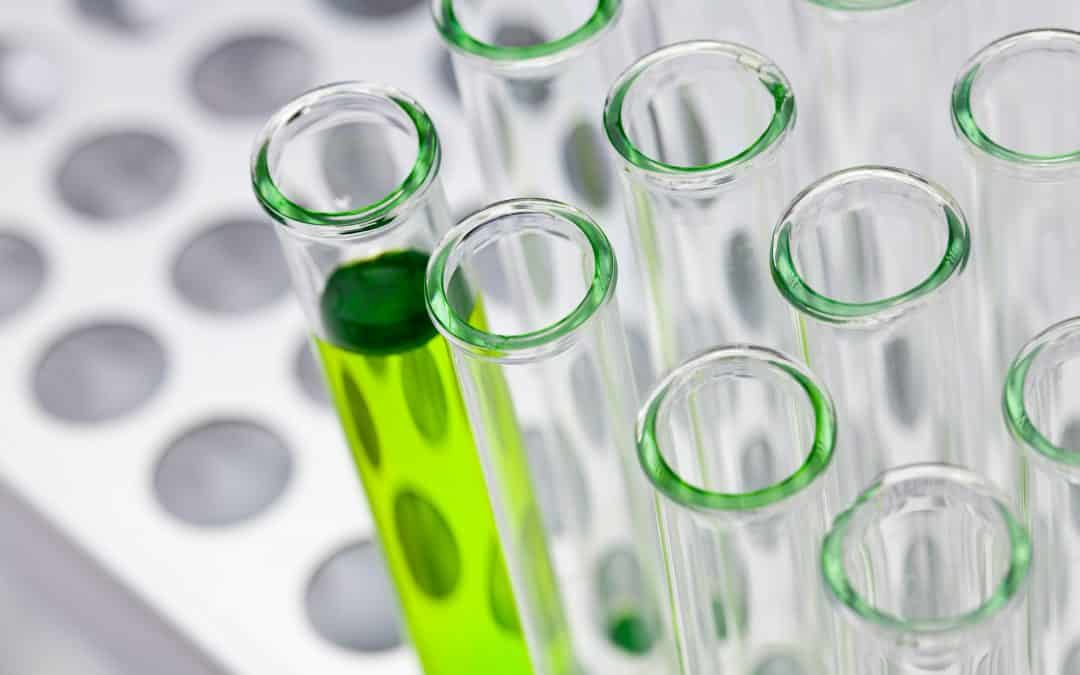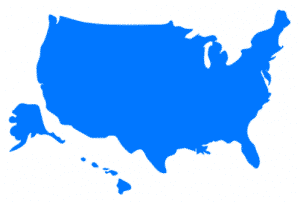Did you Know?
Each state’s appointed government body enforces its own set of testing regulations. There is no one-size-fits-all standard when it comes to cannabis testing.
→ Legal dispensaries employ licensed, third-party lab partners to do their testing, in compliance with the set standards of each state.
What occurs during state-specific testing?
Tests and allowable levels determined by each state include the following:
1) Exposure to toxicants:
• Pesticides
• Heavy metals
• Mycotoxins (mold/mildew)
• Residual manufacturing solvents
2) Microbial-specific contaminants:
• E. coli
• Aspergillus (fungus)
3) Non-contaminant testing for:
• Cannabinoid profiling: More than 100 are known and defined; common varieties include THC, THCA, CBD, CBN and CBDA.
• Quantitation of total potency: This determines the percentages and breakdowns of major cannabinoids and their strengths.
175
There are currently more than 175 cannabis testing labs in the United States.
How does hemp testing differ from marijuana testing?
When it comes to hemp, the most important test is surrounding THC levels. In the Farm Bill passed in December 2018, the federal government determined that hemp should have no more than 0.03% THC to maintain its legality nationwide.
➔ The USDA hopes to have federal hemp testing regulations in place by 2020.
The cannabis testing market is projected to double in revenue from $1 billion now to $2 billion by 2025.
What does a consumer need to keep in mind regarding cannabis testing and labeling?
Harvest date: Although this does not apply to isolates and concentrates (as product is not cited to degrade), you should not purchase a product that is six months or older. Check packaging for production dates.
Cannabinoids: You’ll likely find ratios of THC:CBD, as these are the most popular and sought-after cannabinoids when purchasing cannabis products. For example, 1:1 indicates equal parts THC and CBD.
Percentages: THC potency is important to note, as it will affect your high. Remaining in the 20th percentile is ideal for new consumers, while seasoned consumers can hit the upper-30 percentiles.
Strain: Every label contains a strain name that you can then research to understand the genetics. This helps categorize the strain as sativa, indica, or hybrid (both).
Ingredients: If you have known allergies, make sure to read all ingredient labels associated with cannabis and its harvest.
Which states require testing?
As of March 2021, 47 states and the District of Columbia have legalized cannabis, whether medicinal, recreational, or both. Any state that allows cannabis use determines its required testing.
YES (Legal in some form)
Alabama, Alaska, Arizona, Arkansas, California, Colorado, Connecticut, Delaware, D.C., Florida, Georgia, Hawaii, Illinois, Indiana, Iowa, Kentucky, Louisiana, Maine, Maryland, Massachusetts, Michigan, Minnesota, Mississippi, Missouri, Montana, Nevada, New Hampshire, New Jersey, New Mexico, New York, North Carolina, North Dakota, Ohio, Oklahoma, Oregon, Pennsylvania, Rhode Island, South Carolina, South Dakota, Tennessee, Texas, Utah, Vermont, Virginia, Washington, West Virginia, Wisconsin, Wyoming
NO (Fully Illegal)
Idaho, Kansas, Nebraska
FAILED TESTING
If a product fails its toxicant and contaminant lab tests, it is illegal for a dispensary to sell it. This applies to flower and pre-rolls, edibles and ingestibles, beverages, concentrates, vape pens, tinctures and sublinguals, topicals, and suppositories.
How long does cannabis testing take?
Certain tests can be performed in a matter of minutes, while full reports can take a few days to complete.
*Cannabis laws around testing and legalization are changing rapidly. Check out this map for updated information.

